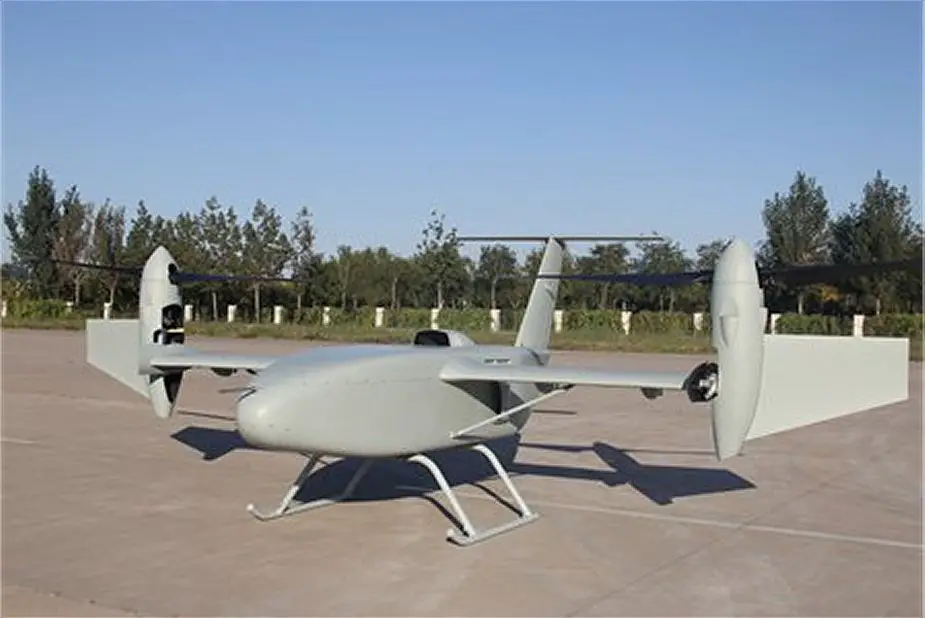Breaking news
AirShow China 2018: Chinese industry to unveil CH-10 tilt-rotor UAV.
The Chinese Academy of Aerospace and Aerodynamics (CAAA) under the China Aerospace Science and Technology Corp (CASC) will unveil its new CH-10 tilt-rotor unmanned aerial vehicle (UAV) at AirShow China 2018 that will be held in Zhuhai (China) from the 6 to 11 November 2018.

CH-10 tilt-rotor unmanned aerial vehicle, a new unmanned aerial vehicle integrating helicopter technology and fixed-wing aircraft technology. (Picture source Chinese Academy of Aerospace and Aerodynamics)
The CH-10 is a new tilt-rotor unmanned aerial vehicle integrating helicopter and fixed-wing aircraft technology fully developed and designed in China by the Chinese Academy of Aerospace and Aerodynamics (CAAA). A tilt rotor unmanned aerial vehicle (TRUAV) is a novel UAV (Unmanned Aerial Vehicle) that combines the advantages of fixed-wing unmanned aerial vehicles.
The main mission of the CH-10 is to be used with large- and medium-sized naval ships or military forces and to conduct intelligence missions, including reconnaissance, detection, communications relay, search, target identification, and relay guidance.
Other countries have alos developed tilt-rotor UAVs as the Bell Eagle Eye from U.S., SMART UAV developed by the Korea Aerospace Research Institute, and the IAI Panther. Moreover, many smaller scale tilt-rotor UAVs have been developed, including FireFLY, Orange Hawk, TURAC, TRON and more.
A tilt-rotor is an aircraft which generates lift and propulsion by way of one or more powered rotors mounted on rotating engine pods or nacelles usually at the ends of a fixed wing or an engine mounted in the fuselage with drive shafts transferring power to rotor assemblies mounted on the wingtips.
One of the main advantage of a tilt-rotor aircraft, it could be used without the need of runway which extend application domain compared with fixed-wing UAVs, VTOL (Vertical and/or short Take-Off and Landing) UAVs.

























